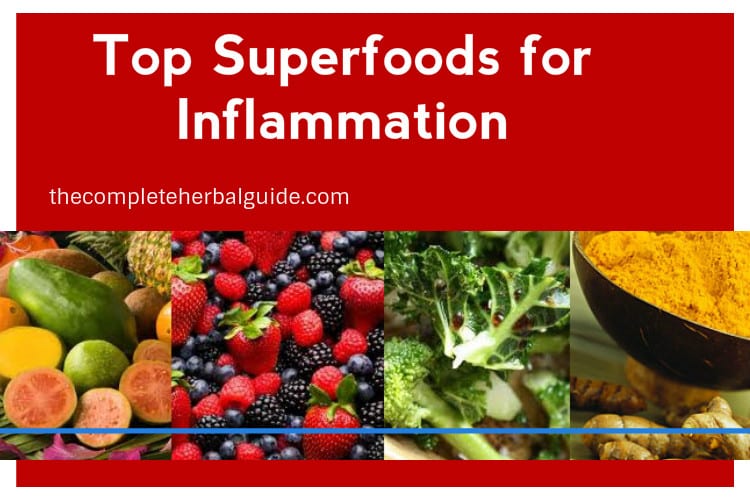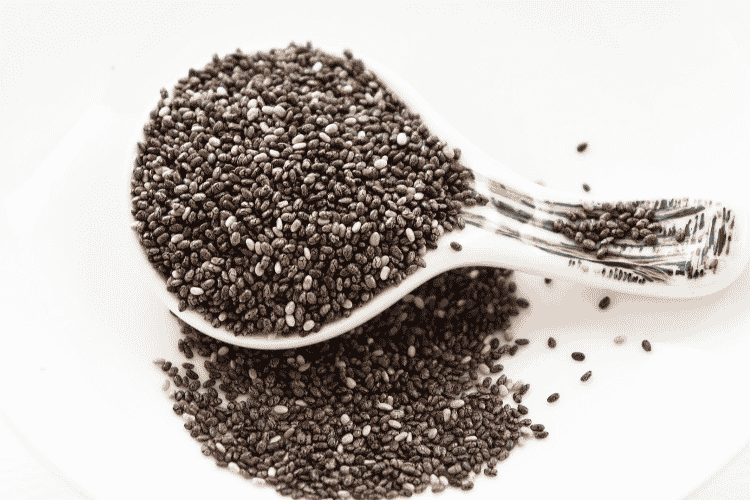
Soy Allergy: Symptoms, Treatments and Foods to Avoid
Everyone’s body is different, and the same foods that are healthy for some can cause unwanted
symptoms in others. Understanding what soy allergies are and how to follow a soy allergy diet
prevents unnecessary suffering if you are sensitive to this legume. Here’s what you should
know.
Table of Contents
What Are Soy Allergies?
You may know about the devastating impact peanut allergies can have. Soybeans, like peanuts,
are legumes that cause an allergic reaction in some people and also make the list of the top
eight most common food allergens.
You might also be sensitive to soy even if you don’t have a specific allergy. Soy has natural
plant phytoestrogens, which may adversely affect you if you have an existing hormonal
imbalance. If you have PCOS, endometriosis or uterine fibroids, try removing soy from your diet
and track your symptoms in a journal to see if they improve.
What Are the Symptoms of a Soy Allergy?
The symptoms of a soy allergy may be mild or severe. They can show up in various parts of
your body, not just in your belly. They can also impact your heart and respiration. Signs may
include:
- Hives
- Itching, especially in the mouth or throat
- Eczema
- Swollen tongue or lips
- Runny or stuffy nose
- Red and watery eyes
- Abdominal pain
- Nausea and vomiting
- Constipation or diarrhea
- Wheezing, coughing, or shortness of breath
Although soy allergies are rarely fatal, they can be. Those with severe allergies should carry an
Epi-pen in case of accidental exposure.
The Soy Allergy Diet: Foods to Avoid and Alternative Recipes
If you suspect soy allergies are what plague you, eliminating this substance from your diet
should help. It may also ease symptoms of hormonal disorders, so give the soy allergy diet a try
and mindfully observe its effects if you have PCOS or endometriosis — or suspect you might.
The following eight foods either contain soy or its derivatives or may do so. Reading labels is
ultimately your best way to stay safe.
1. Edamame
Edamame is the immature bean pod of the soy plant. Producers boil it in the pod, and
consumers then remove the seeds to snack on as they would nuts or seeds. However, given
that it is pure soy, you should avoid this snack as part of the soy allergy diet.
Fortunately, snack alternatives are easy. If you aren’t allergic to tree nuts, nosh on pecans,
pistachios, and almonds. Vegetables like broccoli and cauliflower offer the same satisfying
“green” taste and crunch with oodles of health benefits.
2. Soy Sauce
Be sure to read the menu before heading out for an Asian-inspired meal. Many soy sauces
contain — you guessed it — soy, and there’s little escaping it unless the restaurant is willing to
substitute a soy-free tamari sauce.
Fortunately, many Asian recipes are easy to whip up in your home wok. For example, a simple
bok choy and wild mushroom soba noodle stir fry comes together in minutes on busy weekday
nights and is free of the problematic ingredient. Keeping soy-free tamari on hand in your fridge
makes it simple to add flavor to your meals without triggering distress.
3. Protein Drinks and Powders
Soy is a popular alternative to whey protein in many commercial drinks and powders such as
Core Power, Huel and Premier Protein. Reading the label is crucial to ensure you don’t
accidentally consume it.
However, plenty of meal replacement powders use protein sources other than soy, such as pea,
quinoa and, of course, whey. For example, you might try:
- Orgain
- PaleoPro
- Transparent Labs
- Ora Organic
4. Tofu and Tempeh
Tofu is a meat alternative made from condensed soy milk pressed into patties or bars of varying
consistency. Tempeh is made from soy curds and is the result of a natural fermentation
process. Eliminating both of these products is an important part of the soy allergy diet.
Take heart if you are a vegan. Jackfruit is a 100% natural plant-based meat substitute that has
the texture of pulled pork or chicken. It’s even better than tofu or tempeh in many of your
favorite recipes.
5. Miso
Miso soup may comfort you when you’re sick, but not if you have a soy allergy. This soup
contains a powder or paste made from fermented soybeans.
However, nothing can stop you from enjoying a good, old-fashioned bowl of chicken soup. The
bone broth’s electrolytes may have anti-inflammatory properties that soothe you.
6. Meat Alternatives
The last three items on this list may or may not contain soy. Here’s where reading labels comes
into play. Fortunately, soy is usually listed in plain English on the label — the most complicated
it may get is “hydrolyzed soy protein.”
Not all plant-based meat alternatives contain soy. For example, the popular Beyond Burgers do
not. However, Thanksgiving Tofurky does, highlighting the importance of checking the
ingredients.
7. Frozen and Canned Foods
Frozen and canned foods may use soy sauce as a salt substitute. Additionally, they may include
hydrolyzed soy protein to improve the nutritional content. However, you should avoid these
ingredients on the soy allergy diet — choose a different brand.
8. Grains and Baked Goods
Finally, use caution with baked goods, especially those containing added protein. It may come
in the form of hydrolyzed soy protein. Instead, seek ancient grains such as quinoa and
amaranth that offer a protein punch without the problematic allergen. As a bonus, these ancient
grains are also gluten-free, assuming the manufacturer takes precautions to avoid cross-
contamination.
What Are Soy Allergies and the Soy Allergy Diet
Understanding what soy allergies are and how to follow the soy allergy diet is important to
maintaining good health and avoiding unwanted symptoms. Although many people tolerate soy
well, those who are sensitive to it can experience unwanted effects, sometimes severe.
Recognize the symptoms and eliminate this problematic ingredient when necessary to feel
better quickly.






